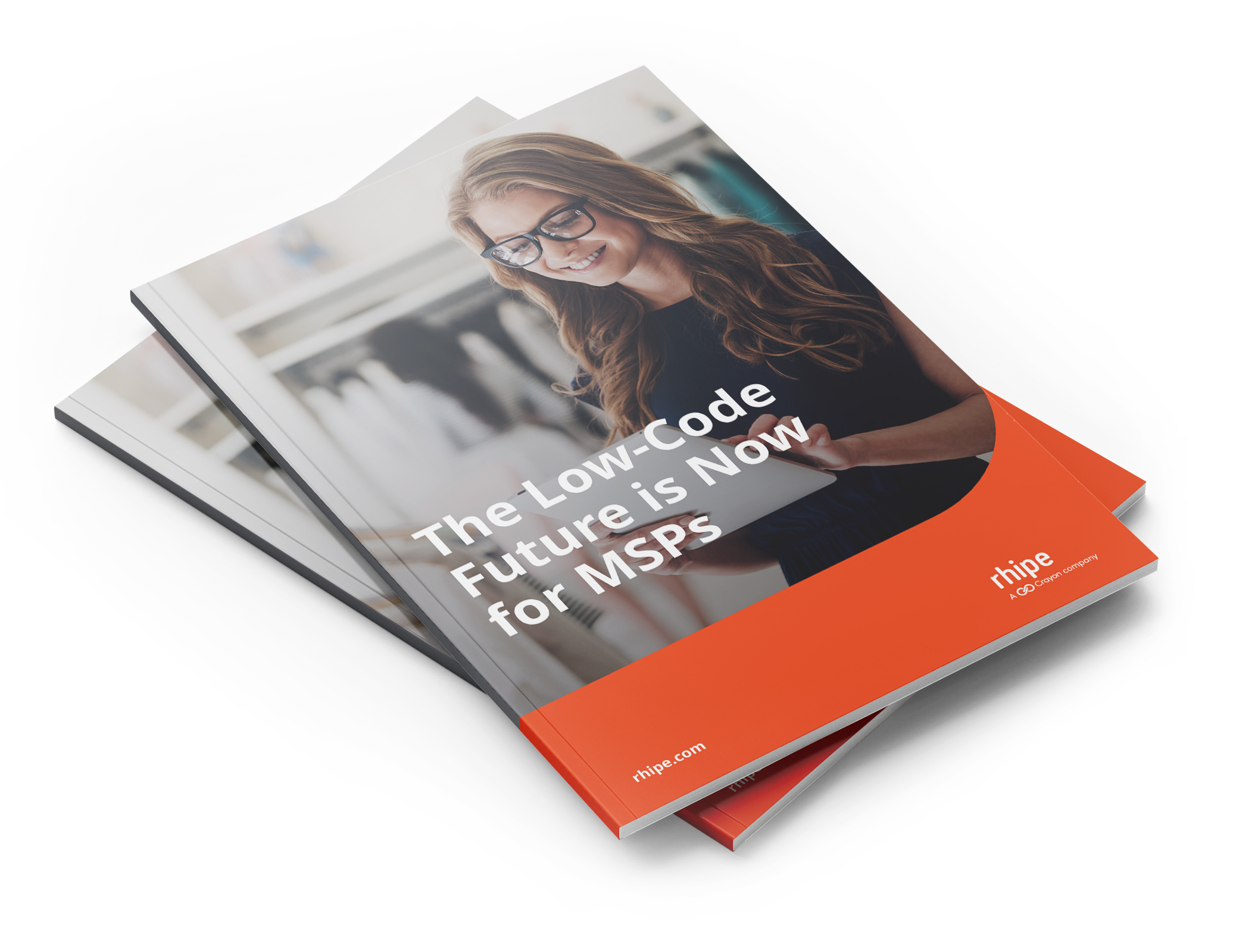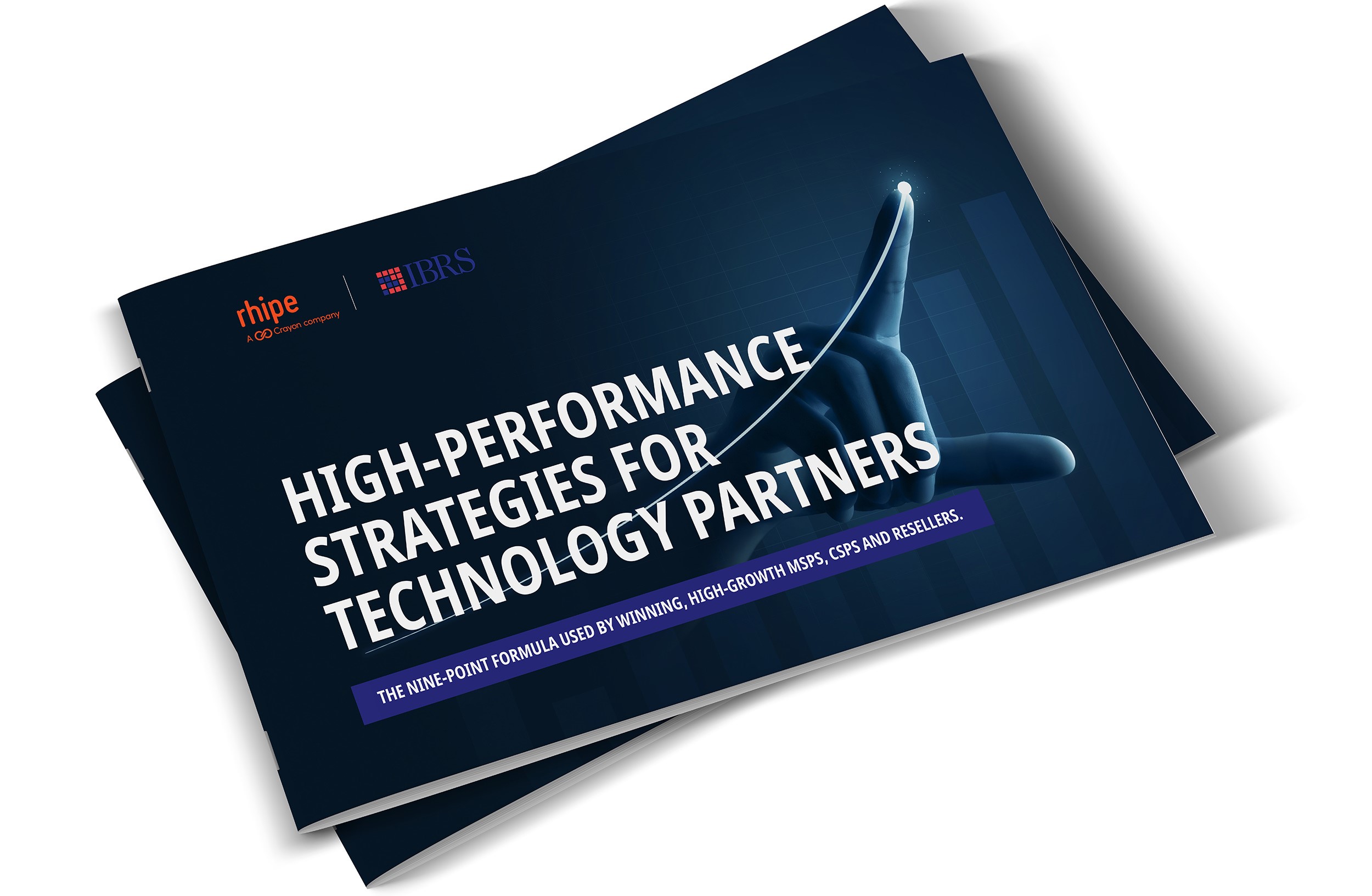
Guides and eBooks
State of Play: Productivity and Hybrid Work
What are the things that make employee’s more productive?

Ransomware poses a huge cybersecurity risk that SMBs need to address. The good news is SMBs can minimise risk by adopting a simple, proven strategy. The Essential Eight cybersecurity framework created by the Australian Cyber Security Centre (ACSC) was built upon strong foundations derived from the globally recognised CIS Control framework. Its purpose is to massively reduce SMB exposure to ransomware attacks as well as other cybersecurity threats.
For SMBs at the start of their cyber security journey, the Essential Eight removes a lot of the planning and complexity because ACSC cyber security experts have done most of the thinking and planning for you. They’ve identified the major threats and listed actions to mitigate them. It’s a joined-up cyber security action plan. For cost-conscious SMBs, the good news is the Essential Eight is free expert consultancy.
Let’s be honest, many SMB owners who are building their business, adding new clients, managing cash flow and growing their team to support expanded operations don’t see cybersecurity as a high priority. They’re focusing scarce time and resources planning the next marketing campaign or new product that can grow the business. Not so much about the stuff that could derail it – like cybercrime generally and ransomware specifically.
One of the challenges for SMBs in accepting ransomware as a risk is the terminology sounds like something out of a crime novel – more like fiction than fact. The hard facts are that ransomware is all too real, and is a direct threat to SMBs in Australia. SMBs need to face that fact and take action.
The ACSC’s annual cyber crime report states the agency received “nearly 500 ransomware cybercrime reports, an increase of nearly 15 per cent from the previous financial year.” Harvard Business Review says ransomware is growing even more quickly: by 150% in 2020 and even faster in 2021.
The ACSC also reports the average downtime caused by ransomware attacks due to recovery of data and restoring networks is 16.2 days – which would be devastating for most businesses.
Ransomware statistics can be scary, but they don’t reveal the horror nor human suffering behind the numbers. Every so often, though, we get a glimpse into the wreckage.
The author of this blog had direct experience of a ransomware victim just recently during an Uber ride. The Uber driver (we’ll call him Joe), explained he doesn’t normally work as an Uber driver. But Joe was forced into a temporary career change when his business was destroyed by cyber attacks – two of them within 3 months. Joe’s successful online business – as a broker between used car vendors and buyers – subsequently went belly up. He and his three staff lost their livelihoods.
The first attack was a ransomware intrusion that encrypted his files including customer, product and financial data. The cyber attacker demanded money to unlock the data. Joe refused to pay, and employed an external specialist who managed to unlock most of the data so Joe could continue his business, albeit with some disruption. A lucky escape!
The second attack was a repeat ransomware attack 3 months later. Joe had done nothing in the meantime to harden his business against cyber attacks. Again, Joe refused to pay, and again employed an external specialist. But this time there was no data left to retrieve – the attacker had deleted it (and probably exfiltrated it to access financial data or customer credit card information). Joe said that at this point he’d have reluctantly paid the ransom ($40K) but he didn’t have cash to do so. Joe’s business was dead.
SMBs like Joe’s can implement security mitigations complying with all eight of the ACSC’s Essential Eight security framework. If Joe had done so, he would almost certainly still be in business today. If he’d even implemented just a couple of measures he’d have substantially reduced his risk. The following two mitigations from the Essential Eight provide an example of effective risk management that would have given Joe’s business a better chance of survival – and the same is true for all SMBs.
![]()
This mitigation action calls for regular data and systems backups (at least daily). Many online businesses – like Joe’s – need more frequent backups so they can restore systems and data to a very recent position. SMBs should implement a backup frequency that suits their specific conditions.
This mitigation also recommends regular testing of the recovery process. Testing proves that the backup solution works, and that data can be restored in the event of a ransomware or other attack. If Joe had implemented this he might have had to lose up to a day’s worth (or less) of data – which would have impacted but not destroyed his business.
![]()
The ACSC says: “Multi-factor authentication is one of the most effective controls an organisation can implement to prevent an adversary from gaining access to a device or network and accessing sensitive information.”
MFA forces users (whether inside or outside the organisation) to provide two or more types of authentication (e.g. username and password, plus a finger or eye scan, or a PIN texted to their phone). MFA makes it much harder for hackers to get access to a system through stolen login credentials – which is likely how Joe’s attacker gained access to his system and data.
These above actions describe just two of the eight recommended mitigations. When SMBs follow the actions and metrics for each of the eight mitigations, it builds up to a comprehensive, joined-up security strategy that can foil ransomware plotters and keep cyber crime at arms length.
The Essential Eight is the outcome of some serious thinking by highly talented ACSC cyber security experts and provides a practical and realistic starting point for many SMBs to prevent ransomware and other attacks. The fact that it’s also free just makes it even more compelling.
Thanks for subscribing to news and update related to Cyber security strategies.

Guides and eBooks
What are the things that make employee’s more productive?

Podcast

Blogs

Blogs

Blogs

Blogs

Top 5 most common problems low-code solves for SMBs, what the low-code revenue growth potential for MSPs is, and why now is the time for MSPs to enter the low-code market.

Our latest Cloud Horizons eBook looks at a robust review of cloud tech's past, present, and future, value generation insights, and pathways to cloud profit for MSP’s.

Find out what high-performing MSPs, CSPs, and IT solutions partners have in common.